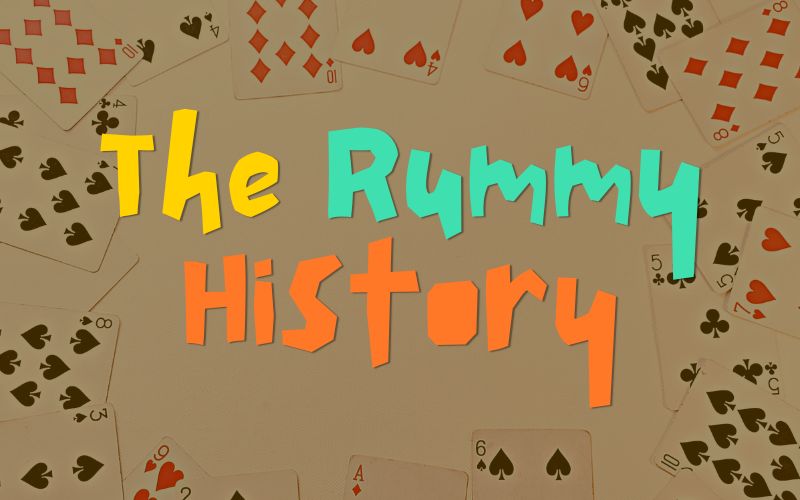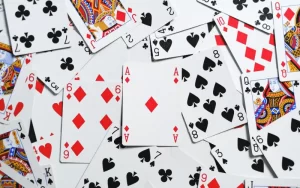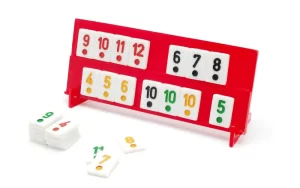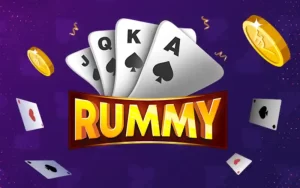Rummy is a card game enjoyed by players across the globe. It has a rich and varied history that spans continents and centuries. This article delves into the origins and evolution of Rummy History, particularly focusing on its development in India, where it has become a cultural staple. We’ll also explore the game’s transition from traditional tables to online platforms, and provide a comprehensive overview of the rules and strategies that make Rummy such a beloved pastime.
The Origins of Rummy: A Global Journey
The exact origins of rummy history game are shrouded in mystery, with multiple theories suggesting different birthplaces for the game. One popular theory traces Rummy’s roots to the Mexican game of “Conquian,” which emerged in the early 19th century. Conquian, known for its simple rules and reliance on matching cards, is believed to be the progenitor of several Rummy variants that later spread across the world.
Another theory posits that Rummy evolved from the Chinese game “Mahjong,” which shares similarities in the grouping of tiles. As trade and cultural exchange flourished between East and West, it’s likely that the concepts from Mahjong influenced the development of Rummy in Europe.
By the late 19th and early 20th centuries, Rummy had made its way to the United States, where it underwent further transformation. The American variant known as “Gin Rummy” became especially popular during the Prohibition era, as it was a favorite among those seeking entertainment in speakeasies.
Rummy History in India: A Cultural Phenomenon
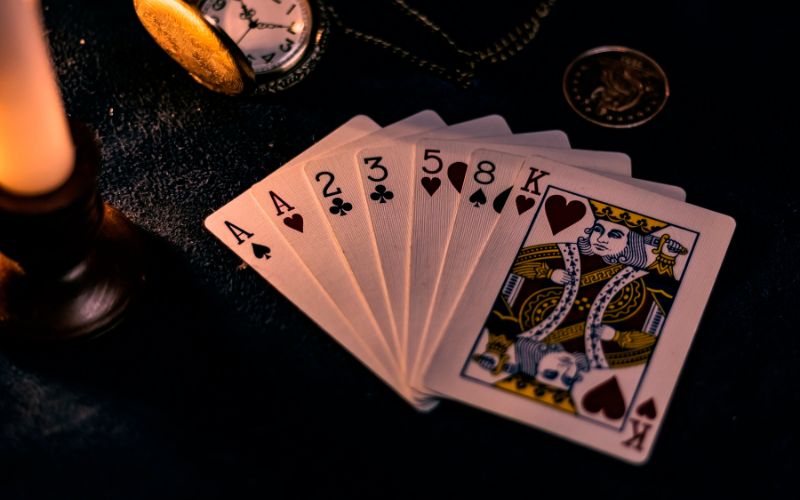
Rummy history in India is believed to have occurred during British colonial rule, when the game was brought over by soldiers and traders. However, it wasn’t long before Rummy was embraced by Indian society, adapting to local customs and traditions.
In India, Rummy has evolved into a game that is often associated with festivals and family gatherings. It is particularly popular during Diwali, where playing cards is seen as a way to bring prosperity and good luck. The game has become deeply ingrained in Indian culture, with many families passing down Rummy skills from generation to generation.
The Indian variant of Rummy, known as “Indian Rummy,” typically involves 13 cards and is played with two decks, including jokers. This version has its own unique set of rules and strategies, making it distinct from other global variants.
The Rise of Online Rummy: A New Era for a Timeless Game
The advent of the internet has revolutionized many traditional games, and Rummy is no exception. Online Rummy platforms have surged in popularity, offering players the chance to enjoy the game from the comfort of their homes. These platforms provide a variety of Rummy sets and formats, catering to both casual players and serious enthusiasts.
Online Rummy has several advantages over its offline counterpart. For one, it allows players to engage with opponents from around the world, broadening the scope of competition. Additionally, online platforms often feature tutorials and practice games, making it easier for newcomers to learn Rummy rules and strategies.
Another significant aspect of online Rummy is the integration of technology to ensure fair play. Advanced algorithms shuffle and deal cards randomly, mimicking the randomness of physical card games. Moreover, online Rummy sites offer secure payment gateways, allowing players to participate in cash games and tournaments with confidence.
Understanding Rummy Sets and Rules
At its core, Rummy is a game of skill, strategy, and luck. The primary objective is to form valid Rummy sets and sequences using the cards in hand. A “set” in Rummy refers to a group of three or four cards of the same rank but different suits. A “sequence,” on the other hand, is a consecutive group of three or more cards of the same suit.
There are several key rules that govern the game of Rummy:
- Drawing and Discarding: Players draw a card from either the deck or the discard pile and then discard one card from their hand, aiming to form sets and sequences.
- Forming a Pure Sequence: A pure sequence is a sequence without the use of jokers. In most Rummy variants, forming at least one pure sequence is mandatory to win.
- Declaring: When a player forms all the required sets and sequences, they can declare their hand. The opponent’s hand is then evaluated to determine the winner.
- Scoring: Points are typically assigned to cards, with face cards carrying higher values. The winner of the round has their opponents’ points tallied, which are added to the winner’s score.
The Cultural and Social Impact of Rummy History
Rummy history is more than just a card game; it is a cultural and social phenomenon. In India, it is often played during family gatherings, festive occasions, and social functions, fostering a sense of community and bonding. The strategic depth of the game also makes it a favorite among competitive players, who relish the mental challenge it provides.
The transition to online Rummy has further enhanced its social appeal. Many platforms feature chat functions, allowing players to interact and build friendships. Additionally, online tournaments offer a new avenue for competitive play, with significant cash prizes and recognition at stake.
Conclusion
The Rummy history is a testament to its timeless appeal and adaptability. From its mysterious origins to its widespread popularity in India and the digital age, Rummy has remained a beloved game that continues to captivate players of all ages. Whether played around a traditional table or on an online platform, Rummy offers endless enjoyment and a rich cultural experience.
As the game evolves, one thing remains certain: Rummy will continue to be a cherished part of our lives, bringing people together through its blend of skill, strategy, and luck.

